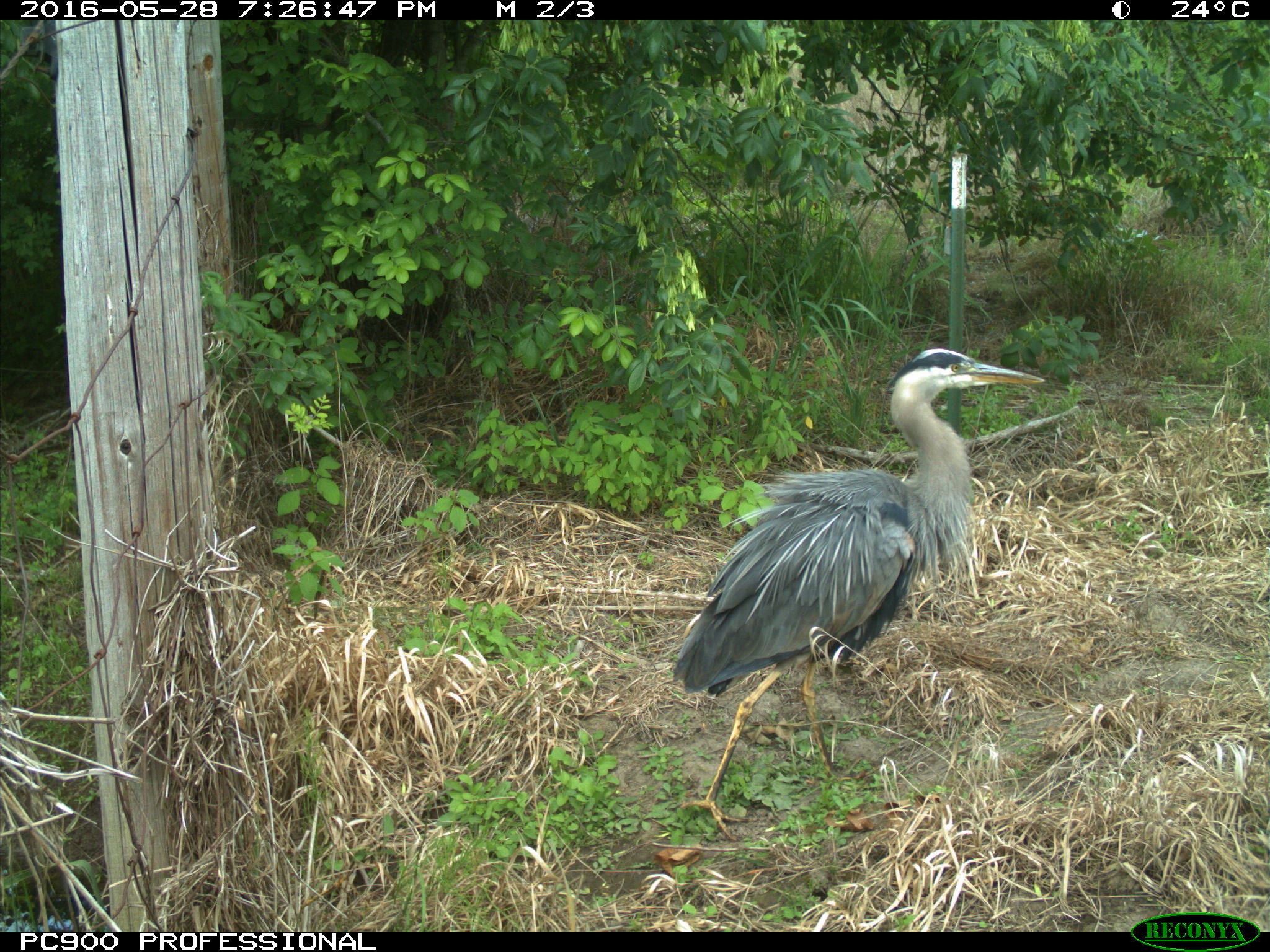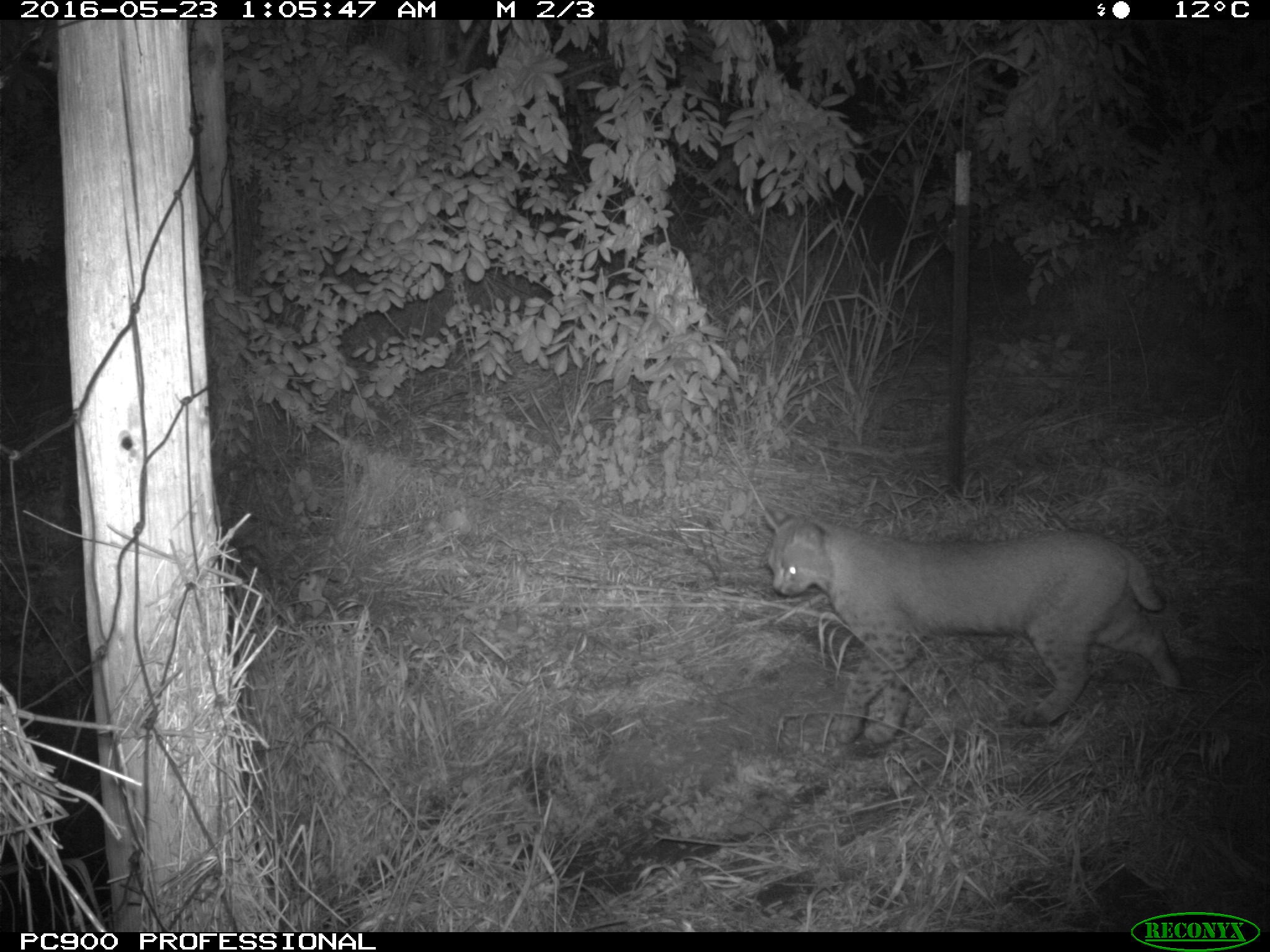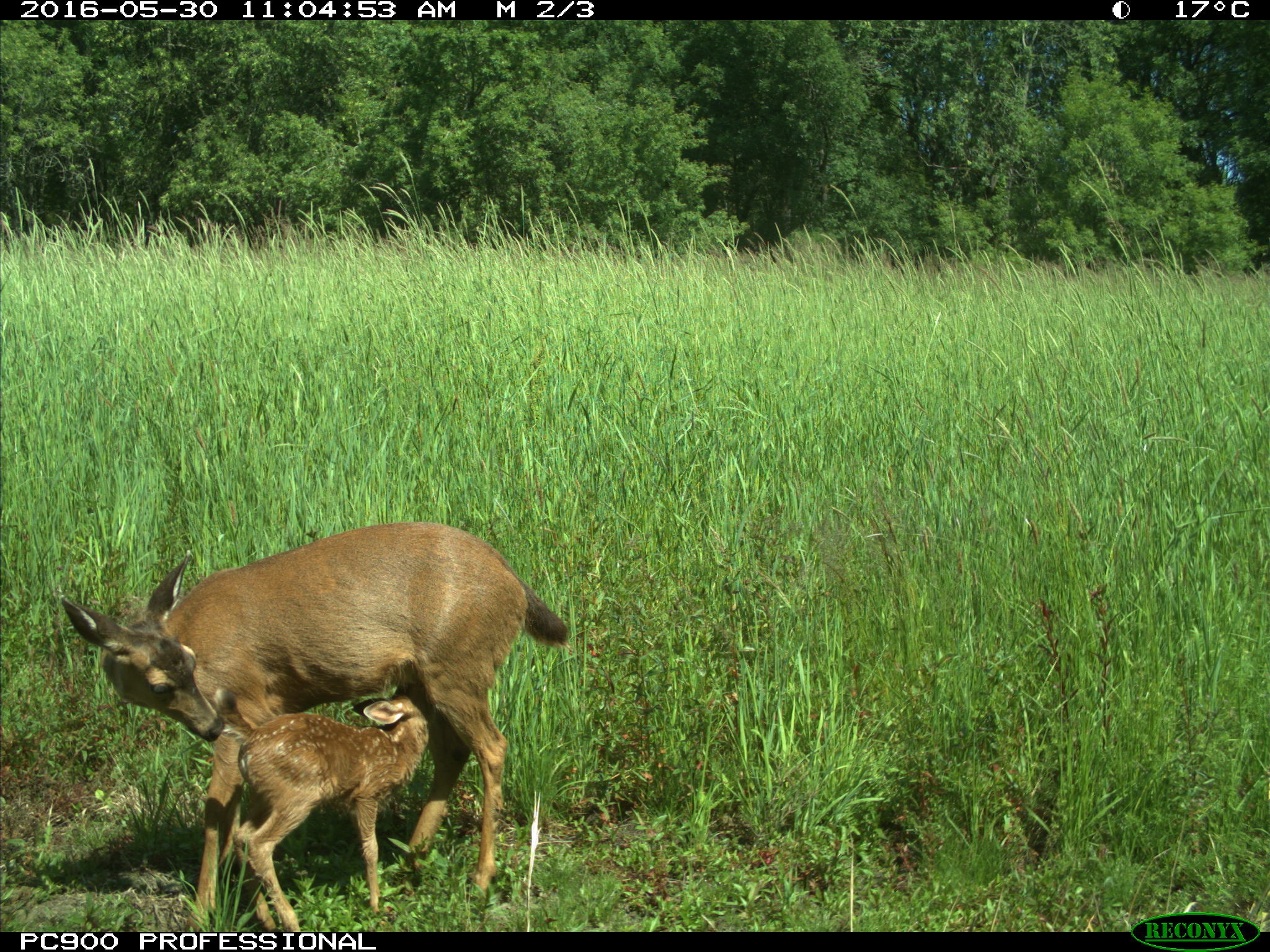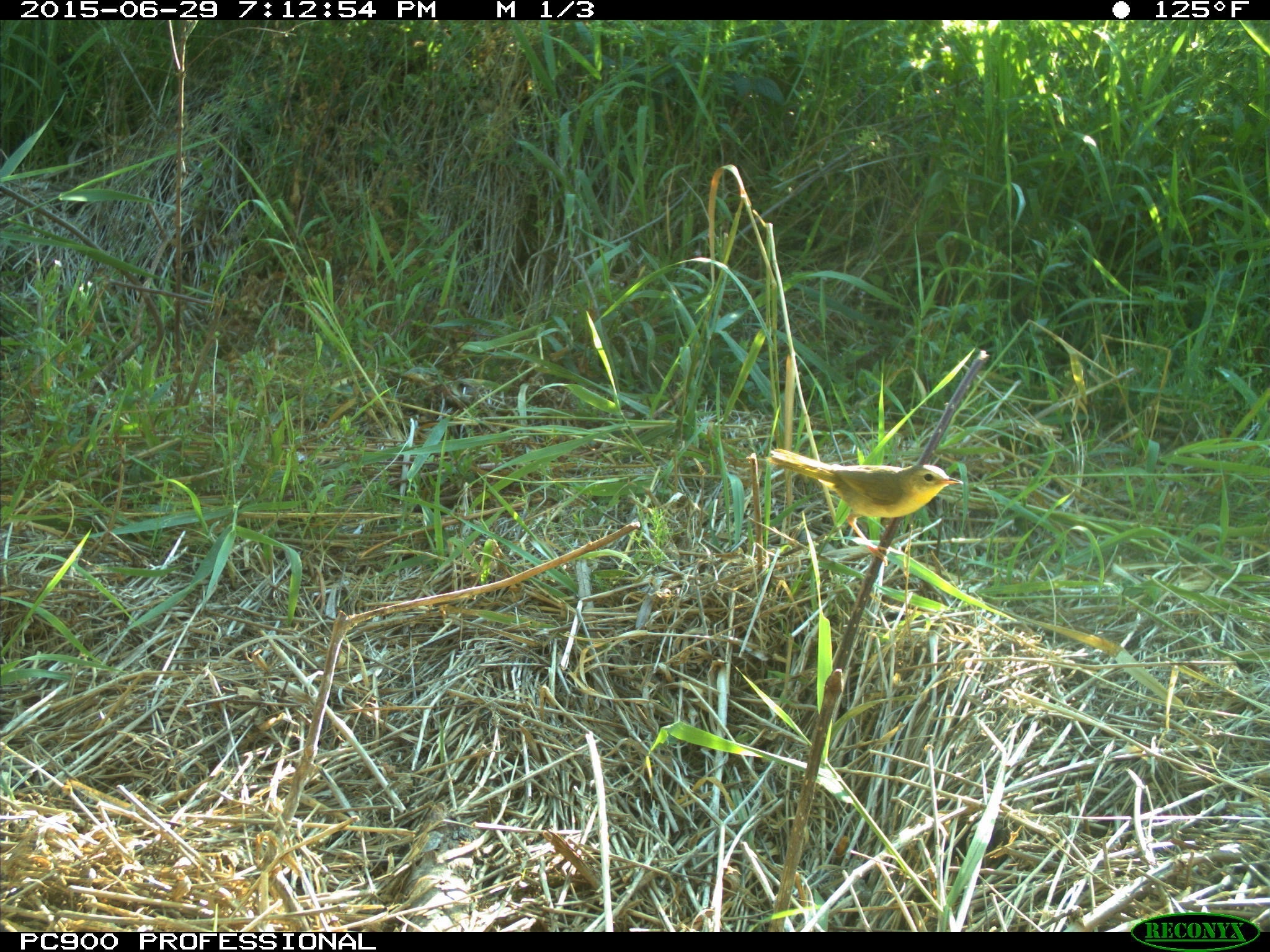Pacific Waterleaf is an ideal native to plant in your backyard — easy to care for and bees love it.
By Linda Dolejs
It was an unassuming sprawling plant that caught my attention a few years ago and has made me an advocate for going native in my yard as much as possible. I thought it was a weed that was springing up in the shade of the rhododendron where I usually plant impatiens. The plant showed up early in the spring and its flowers weren’t very flashy, but what I noticed was that bees loved it. I certainly wasn’t going to weed out a plant after watching bees coming and going to it throughout the day.
After checking the Gardening with Native Plants poster hanging on my office wall and tentatively putting a name to this unknown plant, I did some further internet research and discovered it was a native plant known as Pacific Waterleaf. Not only do the bees love it but it turned out that it’s edible. Waterleaf has a mild taste and I’ve added young leaves to salads.
Thus my interest in going native in my yard was born. I was inspired to go beyond the sword ferns and a few trilliums that already grew there. Now there are lupine, western bleeding hearts and Oregon oxalis in the yard, with plans this year to add red flowering currant and milkweed along the fence. Through Tree for All, I also discovered that a natural landscape is resistant to pests and diseases with less need for watering and chemicals. Those qualities are definitely an advantage in my mind. I’ve also noticed more birds and butterflies in the yard now that native plants are more abundant.
Planting native plants aligns well with Tree for All goals and is a way for us all to be a part of a bigger program. Tree for All is not only about large-scale plantings with contractors and drones, but also about planting native trees and shrubs in our own yards.
I would encourage home gardeners to visit a local native plant sale that is happening in April and support one of Tree For All partners and other community organizations hosting sales. I usually head to the Tualatin Hills Nature Center each spring, not only to buy a few plants but to enjoy the park setting and the helpful advice from plant experts at the event. Before you go, check out this Native Plant Finder to find the best plants for your landscape.
After a career in water resources management, Linda Dolejs is semi-retired and enjoying having more time for hands-on experiences in the Tualatin River Watershed—starting in her backyard.














































